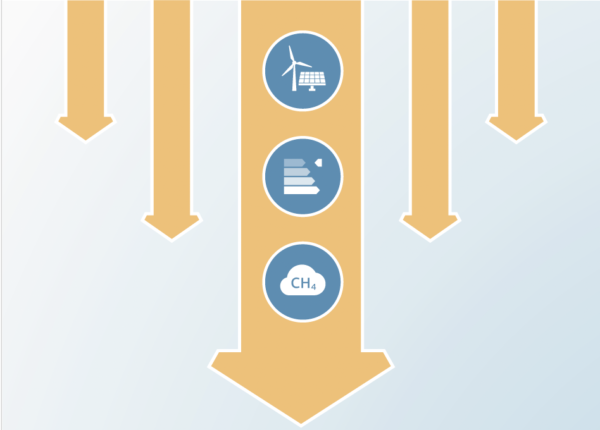Action by China and India slows emissions growth, President Trump’s policies likely to cause US emissions to flatten
Authors
Bill Hare, Jasmin Cantzler, Paola Parra, Fabio Sferra, Andrzej Ancygier
Share

Global leadership on climate is changing, with positive developments on coal use in China and India likely to reduce projected global carbon emissions by roughly two to three billion tonnes by 2030 compared to our estimate last year. The recent, highly adverse rollbacks by President Trump are unlikely to have a major impact on global emissions by 2030.
The Trump Administration’s climate policies, if fully implemented and not compensated by other actors, are projected to flatten US emissions instead of them continuing on a downward trend. China’s coal consumption has declined in three consecutive years (2013 to 2016), and the outlook is for a continued slow decline. India has stated that planned coal-fired power plants may not be needed and with announced policies— if fully implemented — it would see a significant slowing down in the growth of CO2 emissions over the next decade.
Both China and India look set to overachieve their Paris Agreement climate pledges. Five years ago, the idea of either country stopping—or even slowing — coal use was considered an insurmountable hurdle, as coal-fired power plants were thought necessary to satisfy the energy demands of these nations. Yet, recent observations show they are now on the way towards overcoming this challenge. This stands in contrast to the decisions of the US administration under President Trump, who appears intent on going in the opposite direction.











